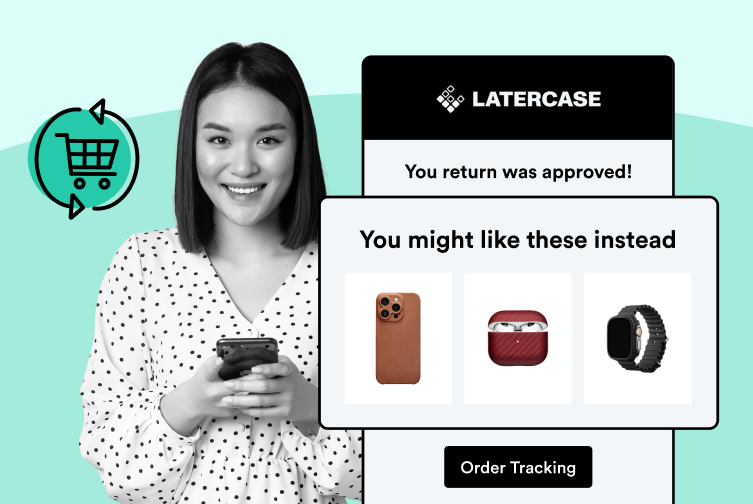
How to Upsell During Returns With Personalized Offers
Boost your revenue by turning returns into opportunities with personalized upsell offers. Discover effective strategies!
Shipping, Tracking & Notifications
Boost customer experience and reduce support tickets
Realtime order and shipment tracking
Proactive order and shipping notifications
AI-Enhanced Discounted Labels
Predictive pre-purchase estimated delivery dates
Self-Serivce branded order tracking
Effortless experience delivered
Identify and Resolve Order Issues
Realtime order and shipment tracking
Make returns profitable and delight customers
Flexibility to define any return destinations & conditions
Simplify returns for your customers and team
Incentivize exchanges over returns
Returns management made easy for your team
Returns management made easy for your team
Easy claims and smart upsells
Understand why your customers are returning
In-Store & Curbside Pickup
Unify the online and the in-store experience
Hassle-free pickup experience for customers
In-Store dashboard to keep operations streamlined
In-Store and Online orders unified
Drive foot-traffic to your stores
Shipping, Tracking & Notifications
Boost customer experience and reduce support tickets
Realtime order and shipment tracking
Proactive order and shipping notifications
AI-Enhanced Discounted Labels
Predictive pre-purchase estimated delivery dates
Self-Serivce branded order tracking
Effortless experience delivered
Identify and Resolve Order Issues
Realtime order and shipment tracking
Make returns profitable and delight customers
Flexibility to define any return destinations & conditions
Simplify returns for your customers and team
Incentivize exchanges over returns
Returns management made easy for your team
Returns management made easy for your team
Understand why your customers are returning
In-Store & Curbside Pickup
Unify the online and the in-store experience
Hassle-free pickup experience for customers
In-Store Dashboard to keep operations streamlined
In-Store and Online orders unified
Drive foot-traffic to your stores
Boost customer experience and reduce support tickets
Realtime order and shipment tracking
Proactive order and shipping notifications
AI-Enhanced Discounted Labels
Predictive pre-purchase estimated delivery dates
Self-Serivce branded order tracking
Effortless experience delivered
Make returns profitable and delight customers
Flexibility to define any return destinations & conditions
Simplify returns for your customers and team
Incentivize exchanges over returns
Returns management made easy for your team
Equip your team for precise return checks.
Easy claims and smart upsells
Understand why your customers are returning
Unify the online and the in-store experience
Hassle-free pickup experience for customers
In-Store Dashboard to keep operations streamlined
In-Store and Online orders unified
Drive foot-traffic to your stores
Find the answer to all your questions
Take a step by step trip through our functionality to see how we can improve your ecommerce processes.
Explore the most comon questions about WeSupply
Calculate the ROI that WeSupply can bring you
Read actionable articles on how to optimize your post-purchase experience and decrease support tickets
Get inspired by stories of how our customers implemented an effortless post-purchase experience
Wondering if WeSupply is a good fit for you? Read through our use cases to see how we can help you increase conversion & improve CX!
A Deep Dive into Top Companies' Order Tracking & Returns Strategy
Find the answer to all your questions
Explore the most comon questions about WeSupply
Calculate the ROI that WeSupply can bring you
Request a no strings attached review of your current shopping experience and missed conversion opportunities
Take a step by step trip through our functionality to see how we can improve your ecommerce processes.
Read actionable articles on how to optimize your post-purchase experience and decrease support tickets
Get inspired by stories of how our customers implemented an effortless post-purchase experience
A Deep Dive into Top Companies' Order Tracking & Returns Strategy
Wondering if WeSupply is a good fit for you? Read through our use cases to see how we can help you increase conversion & improve CX!
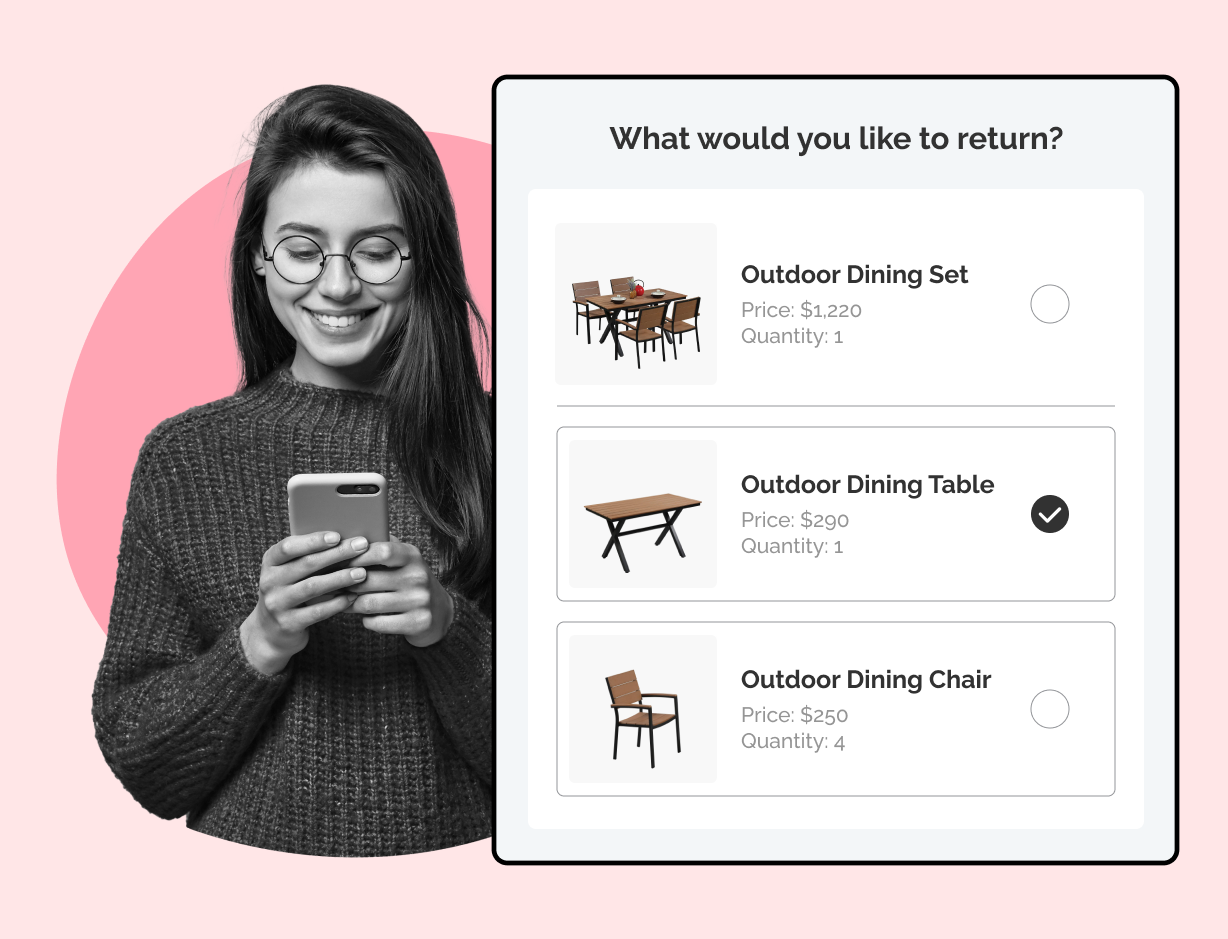
Promotional bundles are an ecommerce powerhouse. Whether it’s a “Buy One, Get One Free” offer, a curated gift set for the holidays, or a “complete your look” apparel combo, bundling is a proven way to boost average order value (AOV), accelerate inventory turnover, and incentivize conversions. These bundled products are collections of items sold together as a single package. Customers are often attracted to bundles because of the bundled price, which offers a lower combined cost compared to purchasing items separately. Bundles help customers save money and are specifically designed to encourage purchases. But while bundles can be a strategic goldmine for sales, they come with a hidden landmine: returns.
Here’s the problem returns from bundled promotions can get messy. What happens when a customer only returns one part of a discounted set? Do they still get to keep the promotional discount? Should you refund them for that single item, the prorated value, or revoke the discount entirely?
If your return policy wasn’t built with bundles in mind, you risk profit loss, return abuse, inventory disruption, and frustrated customers.
In this article, we’ll walk through a complete strategy to help you handle returns for promotional bundles without losing revenue. From bundle design and pricing to automated returns logic and data-informed refinements, you’ll learn how to run compelling promotions and protect your bottom line.
Bundle pricing refers to selling multiple products together at a single discounted price. Ecommerce merchants typically use one of three types of bundles:
Pure bundles: Products only sold together (e.g., skincare routine kit).
Mixed bundles: Products available both separately and as part of a bundle (e.g., laptop + case).
Gift bundles or value sets: Often seasonal or thematic (e.g., Valentine’s Day gift box with perfume, lotion, and bath bombs).
Bundles often include complementary products, such as pairing a printer with ink cartridges or combining related seasonal items, to encourage customers to purchase items that work well together.
The benefits of bundle pricing are clear:
Higher AOV: Customers spend more per transaction.
Perceived value: Bundles feel like a better deal, as the total price for the bundle is usually less than buying each item separately.
Inventory movement: Great for clearing excess or slow-moving stock.
Customer satisfaction: Curated sets make decision-making easier.
Lower price: Customers pay a lower price for bundled items compared to purchasing them individually.
Discounted rate: Bundles are offered at a discounted rate, making them an effective sales promotion technique to increase customer value and sales volume.
Common examples include makeup kits, tech accessory sets, or wellness starter packs. When structured well, bundles increase revenue while delighting shoppers.
But then come the returns.
Unlike single-item purchases, bundled promotions create return ambiguity. Here’s where things often go wrong:
Partial returns erode the bundle’s value: A customer returns the high-value item and keeps the low-cost one for free.
Refund abuse: Some shoppers exploit unclear return logic by manipulating bundle discounts, especially when partial refunds are offered after purchase based on specific conditions.
Operational complexity: Bundles complicate inventory tracking, especially when returned items are no longer sellable together, and the need to process partial refunds further complicates the returns process.
Profit margin threats: Without safeguards, returns can flip a profitable bundle into a loss, as the business may be forced to accept a reduced price for the returned products.
And most importantly, standard return policies aren’t built to handle this complexity.
Not all products are created equal especially when it comes to return rates. Use customer data to identify which items are more prone to return and build your bundles strategically:
Leverage past return data: Choose low-return items as anchors.
Pair smartly: Combine high-return items with non-returnable ones (e.g., digital gift cards, consumables). Bundling can also help move slow moving inventory by pairing these items with popular products to encourage sales and reduce excess stock.
Use dependency logic: Pair items that make sense only together (e.g., a custom-fit screen protector + phone case). Consider cross sell opportunities by bundling related products, promoting them alongside primary items to increase sales and enhance the customer experience.
When done right, shoppers are less likely to return part of the bundle because it feels incomplete or less useful without the other items.
Promotions can’t just be exciting they need to be financially bulletproof.
Model refund scenarios: Assume partial returns and test whether your pricing still preserves margin. When modeling refund scenarios, consider how a price reduction applied to the bundle affects the refund amount and overall profitability.
Use tiered pricing: Ensure that returning part of the bundle costs more than keeping it.
Communicate individual item values: Make it clear that returning just one item may reduce the refund or void the discount.
Offer discounts as part of bundle pricing: Use short-term sales strategies to offer discounts, such as price reductions or bundling, to incentivize immediate purchases and boost sales.
Smart pricing is your first line of defense against refund abuse.
Your policy is your playbook. If it doesn’t specifically cover bundles, shoppers will find the gaps.
To prevent abuse and clarify expectations:
Require full-bundle returns: Make it policy that all items must be returned for a refund unless one is defective.
Explain refund logic: If partial returns are allowed, state how refunds are calculated (e.g., prorated vs fixed value).
Communicate clearly: Display return terms at checkout, in confirmation emails, on the returns portal, and in promotional materials. Return policy details should also be visible in retail stores to ensure customers are informed wherever they shop.
Transparency reduces support tickets and protects your revenue.
No more manual review. No more loopholes. Just scalable protection.
Promotions often involve:
“Buy X, get Y free”
“Spend $100, get a gift”
“Bundle and save 20%”
Special offers available only to members of loyalty programs
These are magnets for abuse if you don’t apply return logic:
Tie discount eligibility to return behavior: If the qualifying item is returned, revoke the discount. For loyal customers, you may consider more flexible return policies or special handling based on their history.
Require gift returns: Customers must return “free” items if they no longer qualify.
Automate checks: Intelligent returns platforms can detect when a return violates promotional logic and adjust accordingly.
Returns tell a story. Are you listening?
By analyzing return data:
Identify which bundles have higher return rates.
Spot patterns: Are returns tied to specific seasons, marketing campaigns, or item combinations? Reviewing product bundling examples can help illustrate these return patterns and reveal what works best.
Differentiate between partial vs full-bundle returns to understand shopper intent.
Segment return data by customer type, such as new and existing customers, to see if certain groups are more likely to return bundles.
Data should drive decisions not gut feel.
Refine discount levels: If a 30% discount results in higher returns, test 20% instead.
A/B test bundles: Try different product combinations and compare refund patterns. Bundles can also be designed to attract customers by offering compelling deals that make the purchase more appealing.
Use segmentation: Offer bundles to segments with historically low return rates (e.g. loyalty program members or customers with low refund frequency). Consider targeting potential customers and new customers with special bundle offers to encourage initial purchases and build loyalty.
Smarter targeting leads to higher conversions and lower returns.
Not all promotions need to be bundles. You can still drive urgency without inviting excessive returns.
Flash bundles: Limited-time bundles increase urgency but should have clear, strict return rules. These can be especially effective during seasonal promotions, such as Black Friday or holiday sales, to move inventory quickly.
Cross-sells: Offer add-ons that complement the main product and are less likely to be returned.
Leader bundling: Anchor the bundle with a high-value product, with lower-value add-ons that discourage cherry-picking.
Pure bundle: Sell a combination of products exclusively together, so the items cannot be purchased separately. This strategy is useful for promoting slow-moving inventory and offering attractive pricing.
The goal is to offer value without leaving your refund policy vulnerable.
Don’t let the return policy be an afterthought in your marketing.
Pre-purchase clarity: Make return logic visible on the product page and during checkout.
Post-purchase reassurance: Use emails and tracking pages to reiterate return conditions.
Transparency builds trust: When customers know the rules, they’re more likely to play fair.
When crafting messaging for clearance bundles, highlight how these offers help move stagnant inventory, making room for new products and attracting deal-seeking buyers.
Promotions and clear return policies can also encourage consumer spending, as shoppers feel more confident making purchases.
Good communication = fewer surprises = fewer returns.
Proactive communication is a cornerstone of effective sales promotions, especially when it comes to promotional bundles. By clearly outlining the bundle price, the specific savings customers receive, and the terms of the offer, you set accurate expectations from the start. This transparency not only helps customers understand the value of the bundle but also reduces the likelihood of misunderstandings that can lead to returns. When customers know exactly what they’re getting and the conditions attached, they’re more likely to feel confident in their purchase, which encourages repeat purchases and builds customer loyalty. Ultimately, clear communication at every stage product page, checkout, and post-purchase helps boost sales volumes and ensures your sales promotions deliver long-term value for both your business and your customers.
Personalization is a powerful way to increase customer satisfaction and the perceived value of your product bundles. By leveraging customer data, ecommerce businesses can create tailored bundle offers that align with individual preferences and shopping behaviors. This not only makes the bundle more appealing but also encourages customers to complete their purchase, knowing the offer is designed just for them. After the sale, providing responsive post-purchase support such as easy access to help, order tracking, and personalized follow-ups further enhances the customer experience. These efforts help foster a sense of loyalty and trust, giving your business a competitive advantage in a crowded market. When you encourage customers with personalized recommendations and attentive support, you’re more likely to see higher retention rates and positive word-of-mouth, both of which are essential for sustainable growth in ecommerce.
Customer feedback is a goldmine for refining your bundle pricing strategy and optimizing sales promotions. By systematically collecting and analyzing sales data and customer input, you can identify which bundles resonate most, which pricing strategies drive sales, and where there’s room for improvement. This data-driven approach allows you to adjust your bundle pricing to better match customer expectations and market demand, increasing customer satisfaction and driving sales. For example, if you notice certain products are slow moving or you have excess stock, you can create discounted bundles that help clear inventory while still offering value to your customers. Regularly updating your bundle offers based on real feedback ensures your promotions stay relevant and effective, helping you maintain a loyal customer base and stay ahead in the competitive world of ecommerce sales promotions.
Promotional bundles aren’t just sales tools they’re relationship builders.
Exclusive bundles for VIPs: Offer special kits that feel like rewards and are less return-prone.
Tie loyalty points to non-refundable perks: For example, “Earn 500 points with this bundle non-returnable once redeemed.”
Track preferences: Use past data to recommend bundles your repeat buyers are most likely to keep.
This adds value while minimizing the risk of abuse.
Bundling is often used to move slow-moving products, but that doesn’t mean you need to sacrifice margin.
Use bundle logic to move clearance stock: Package aging items with popular ones.
Clarify return eligibility: Mark clearance items as final sale or limited return window.
Set strict timelines: Shorten return windows to reduce after-promo return waves.
Inventory clearance can be profitable with clear guidelines and automated rules.
Manual review of every bundle-related return isn’t scalable. Platforms like WeSupply simplify this with:
Seamless integration: Sync with your ERP, inventory, and customer support systems to keep everything aligned.
Automation reduces errors, saves time, and increases policy enforcement.
Your tech stack should help you make smarter decisions, not just execute tasks.
Real-time dashboards: See what bundles are being returned most, by whom, and when.
AI-powered predictions: Flag risky bundle combinations before launch.
Financial impact monitoring: Understand which bundles are profit drivers vs refund liabilities.
With this visibility, you can continuously improve promotions to maximize revenue and minimize risk.
Promotional bundles are a proven way to increase order value, clear excess inventory, and delight customers but the return process can quickly become a profit leak if not managed properly. That’s where WeSupply steps in.
With WeSupply’s smart Returns Logic Automation, you can confidently offer enticing bundle promotions while safeguarding your margins. Our platform helps you automate, control, and optimize every aspect of your return policy—especially for complex promotional scenarios like “Buy One, Get One Free” or seasonal value sets.
Key WeSupply Features That Solve Bundle Return Challenges:
✅ Partial Returns for Bundles
Allow customers to return just one item from a bundle only when appropriate without manual review or policy loopholes.
✅ Item-Level Exchange Rules
Let shoppers exchange individual items in a bundle (like swapping shirt sizes) without disrupting the rest of the return process.
✅ Automated Return Eligibility Enforcement
Tie promotional discounts or gift-with-purchase items to return behavior automatically revoke offers if conditions aren’t met.
✅ Bundle-Specific Refund Logic
Control refund scenarios using fixed or prorated pricing based on your strategy ensuring you never refund more than necessary.
✅ Final Sale & Clearance Controls
Mark bundled or clearance items as non-returnable, apply shorter return windows, and manage inventory risk without losing control.
✅ Real-Time Return Insights & Analytics
Understand which bundles are most returned, by whom, and why—so you can adjust pricing, products, and promotions accordingly.
✅ ERP, OMS, and Helpdesk Integrations
Seamlessly sync your returns workflows with the rest of your tech stack to ensure consistent communication and real-time updates.
Why it matters:
With WeSupply, ecommerce merchants can create and enforce bundle-aware return policies that protect profits while still providing an exceptional customer experience. By automating the complexity behind promotional returns, you’ll reduce refund abuse, lower support costs, and build trust through clarity and consistency.
Ready to bundle smarter and protect your margins? Let WeSupply help you turn bundle returns into a revenue-retaining, customer-friendly experience without the headaches. Book a demo now!
Combat inconvenience with proactivity & self service
Book a quick call with our experts to see how WeSupply can help you make returns easy for your customers with a beautiful, self-service solution that makes their experience easier while also providing new ways to lower costs and earn back revenue.
Promotional bundles are a powerful way to drive growth, but without the right return strategy, they can quickly erode profits.
That’s where WeSupply makes a real difference. With smart automation tools tailored for bundle scenarios, WeSupply lets you allow partial returns only when appropriate, enforce item-level exchanges, and tie promotional discounts or gifts to return behavior automatically revoking them when conditions aren’t met. You can apply bundle-specific refund logic, mark clearance items as final sale, and shorten return windows to protect margins. Plus, with seamless ERP and helpdesk integrations and real-time analytics, you’ll gain full visibility into return trends and customer behavior.
By combining intentional bundle design with WeSupply’s return logic automation, you can reduce refund abuse, protect profitability, and still deliver an exceptional customer experience.
Don’t let bundle returns become a liability make them a strategic advantage. With WeSupply, you can bundle smarter, automate with confidence, and return-proof your revenue.
Keep your customers engaged during the delivery experience
Book a quick call with our experts to see how WeSupply can help you engage your customers with relevant updates through the right channel, at the right time.
1. How do I handle returns for Buy One, Get One Free promotions?
Set clear rules in your return policy. Require both items to be returned for a refund or adjust the refund if the qualifying item is returned. Automation tools can help enforce these rules fairly and consistently.
2. Can customers return only one item from a promotional bundle?
It depends on your return policy. Allowing partial returns can increase satisfaction but may reduce profitability. Consider prorated refunds or requiring full-bundle returns to prevent abuse.
3. What’s the best way to prevent return fraud in bundled offers?
Use automated return logic that ties discounts or free gifts to specific conditions. Require gift returns if qualifications aren’t met and apply fixed-value or tiered refund rules to discourage misuse.
4. How does WeSupply help with promotional bundle returns?
WeSupply automates return eligibility, refund logic, and discount enforcement, making it easy to handle complex bundle return scenarios without manual review or revenue loss.
5. Can WeSupply support partial returns from a bundle?
Yes. WeSupply allows partial returns for bundled items only when appropriate, using smart logic to protect profitability and ensure fair refund conditions.
6. Does WeSupply integrate with my existing tech stack?
Absolutely. WeSupply integrates with ERPs, OMSs, and helpdesks, syncing return workflows across platforms for real-time visibility and seamless customer support.
7. Does WeSupply have an Official Shopify App?
Yes. WeSupply has an Official Shopify App. You can download it and start integrating with your Shopify Store.
8. Does WeSupply have an official Magento extension?
Yes, WeSupply has an official extension for Magento. The WeSupply x Magento integration allows for automating order tracking experiences, reducing customer inquiries, automating shipping email and SMS notifications, and providing a fully branded order tracking experience
9. Does WeSupply have an official BigCommerce App?
Yes, WeSupply has an official BigCommerce App. You can integrate WeSupply with your BigCommerce store to improve your post-purchase customer experience.
Learn How To Create Successful Post Purchase Email Campaigns
Build an effective post-purchase email flow that helps you increase customer satisfaction and drive revenue growth!

Boost your revenue by turning returns into opportunities with personalized upsell offers. Discover effective strategies!
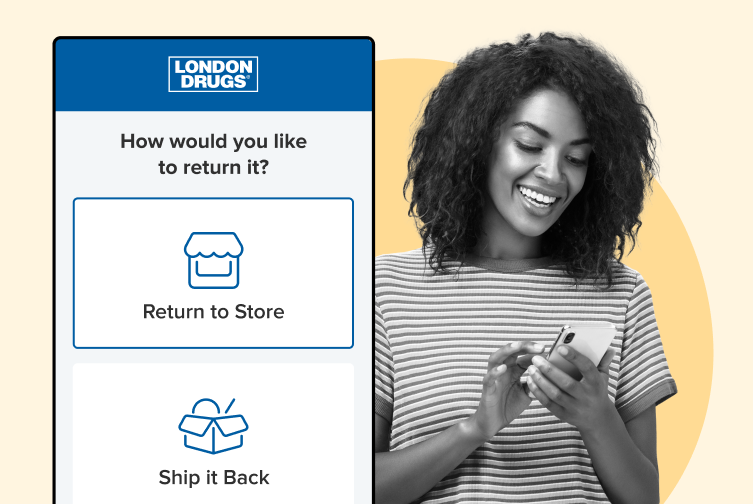
Discover 7 essential tips for implementing eco-friendly shipping practices that boost your brand’s sustainability!
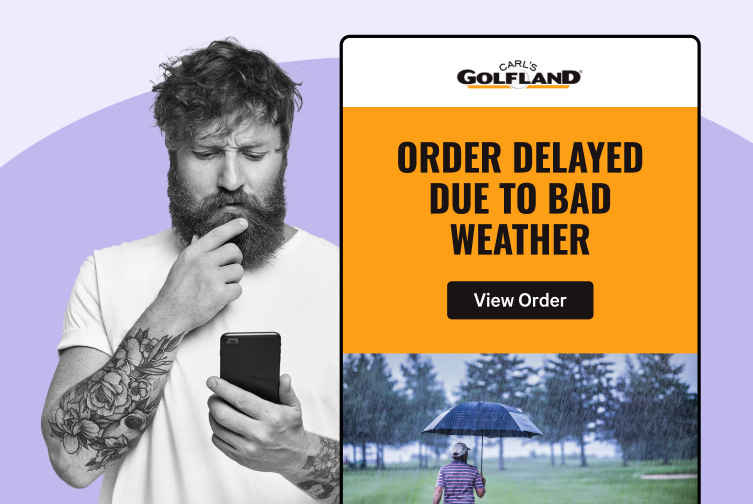
Explore how automation and data can enhance your shipping strategy. Discover best practices to stay competitive and efficient. Read the article now!
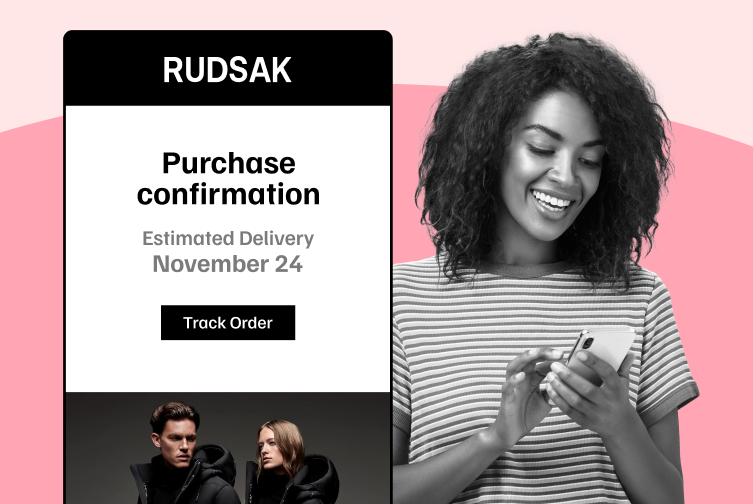
Discover how AI-powered eCommerce shipping solutions can streamline operations and boost customer satisfaction!
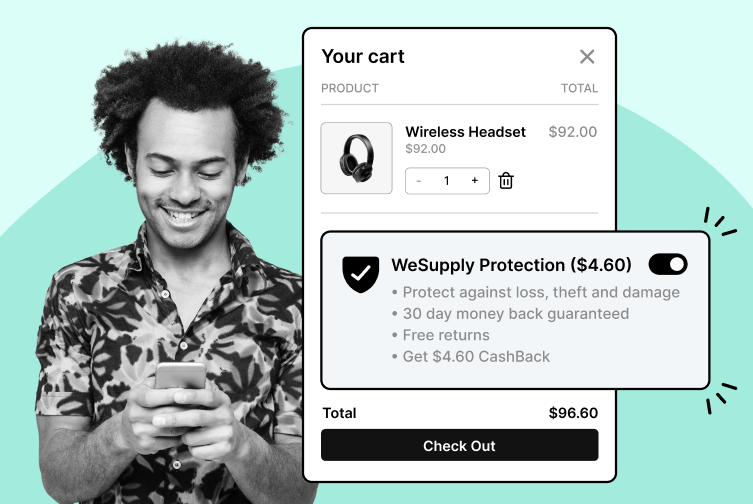
Explore the key shipping trends shaping logistics in 2025. Gain insights to navigate challenges and seize opportunities!
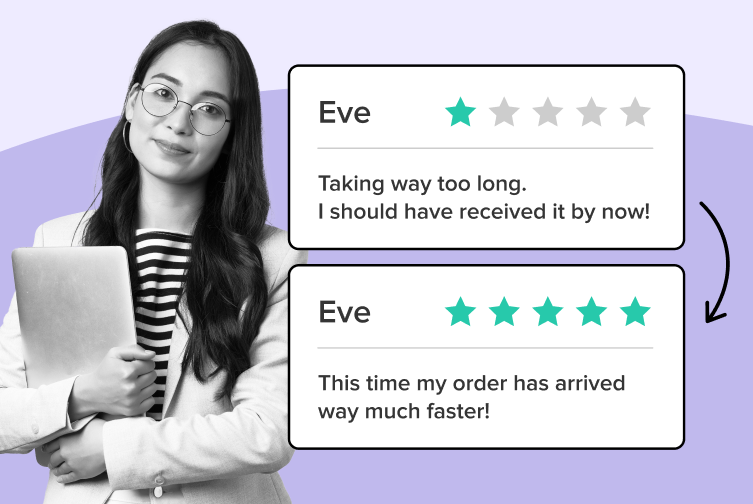
Discover how poor shipping practices can impact your profits. Learn effective strategies to enhance your logistics and protect your bottom line. Read more!
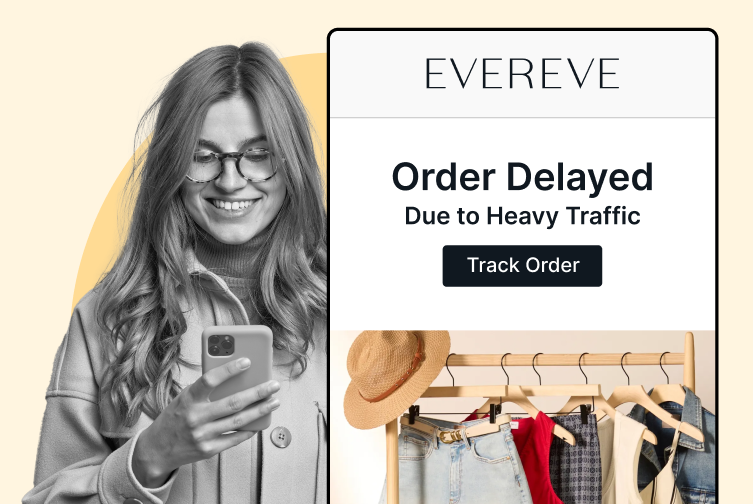
Discover effective shipping optimization strategies to lower return rates and costs. Enhance your logistics today!

Explore how shipping affects customer satisfaction and loyalty. Understand the key factors that influence their experience. Read the article to learn more.
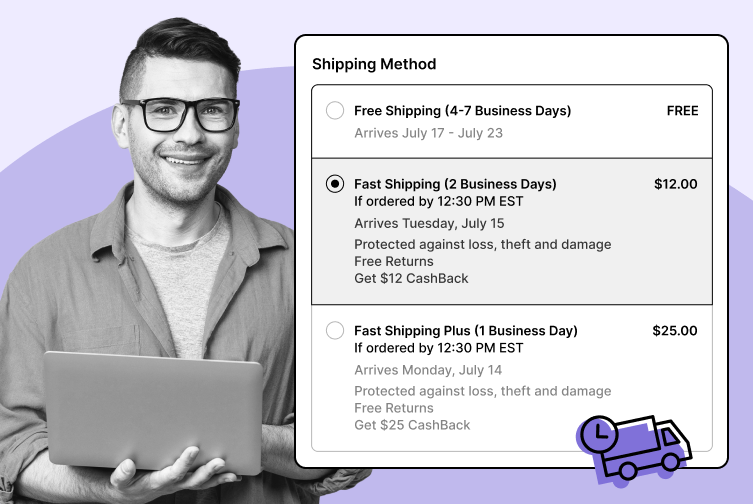
Learn how dynamic shipping rates at checkout can enhance pricing strategies and improve customer satisfaction. Discover practical tips in our article.